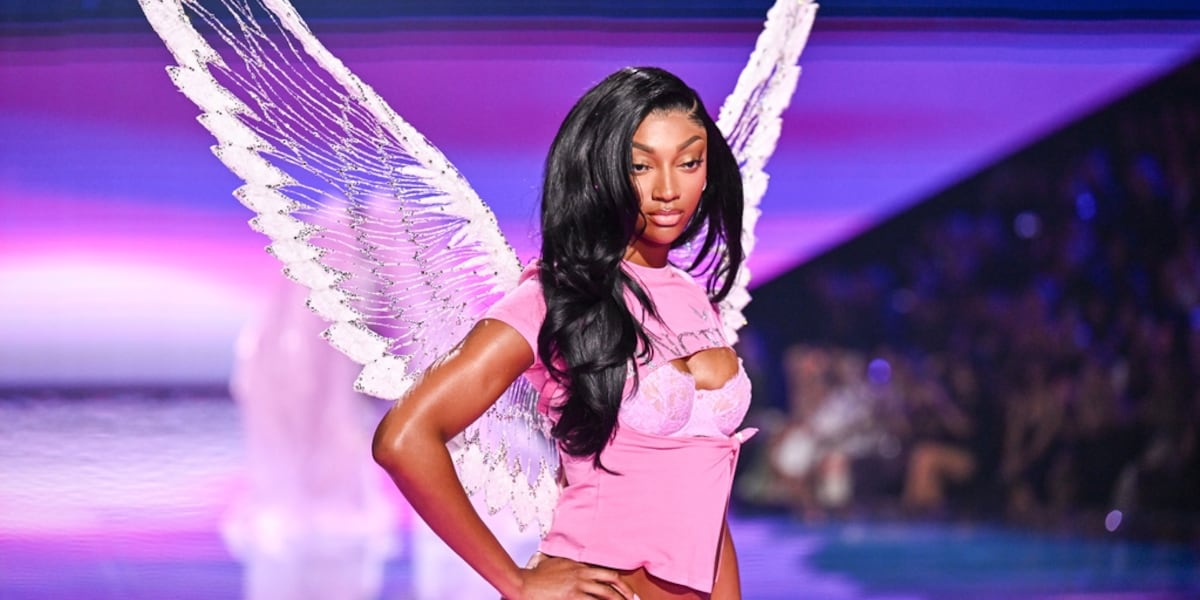Designs displayed inside a workspace at the first Seventh on Sale AIDS benefit in 1990.Photo: Getty Images
Between the first reported case of AIDS in 1981 to 1990, the fashion world suffered immeasurable losses. Halston, Willi Smith, Perry Ellis, Antonio Lopez, Patrick Kelly, and Chester Weinberg, to name only some, lost their lives to AIDS. And it wasn’t just fashion figureheads, of course, but friends, neighbors, colleagues, and hairstylists, too. “For so many of us, there was this growing sense that we had to do whatever we could to fight back,” Anna Wintour says—a feeling that propelled her, along with Karan, Calvin Klein, Ralph Lauren, and Carolyne Roehm, all of whom had been having conversations together and separately about the crisis, to spearhead the initiative as a team.
An army of industry leaders, countless volunteers, and an opening-night benefit attended by the likes of David Bowie brought about the four-day shopping spree. In the end, the event not only raised over $4 million, but became a blueprint for fashion activism.
Beyond raising vital funds for the cause, Seventh on Sale also made significant progress toward dismantling the wall of stigma around AIDS, one that both silenced conversations that needed to be had and stifled compassion for those who needed it most. “What people perhaps don’t realize about the early days of HIV and AIDS was that, despite us being in the midst of a terrifying and relentless pandemic, very few people ever spoke about it aloud, either through fear or prejudice or both,” says Wintour. “It took President Reagan years to even utter the word AIDS, let alone acknowledge the devastation it was wreaking.


